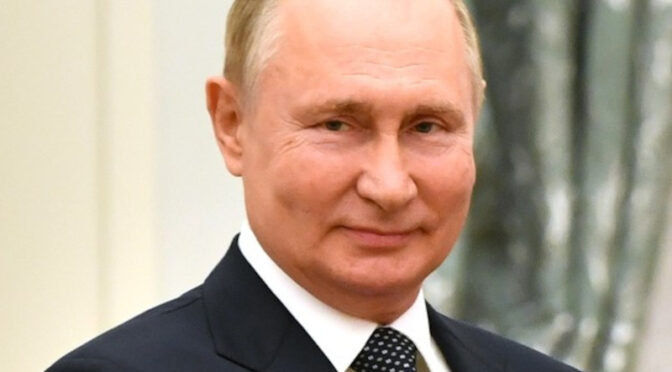Article published in The Daily Telegraph, 13 February 2025. © Richard Kemp
The chances of Ukraine pushing Russia back out of its territory are now zero. If that were ever possible it would have required far greater support from the US and Europe much earlier in the war.
Instead a self-deterring West, led by the vacillating former President Joe Biden, failed to provide Kyiv with sufficient arms or the freedom to use them to greatest effect. That was only too obvious when Ukraine launched its failed counteroffensive in 2023. The American defence industry could have generated a lot more munitions, but a sleep-walking Europe, which had lulled itself into believing it had seen the end of war, pretty much exhausted its supplies and lacked the political will to rapidly expand its industrial capacity. Terrified of the economic harm that a proper sanctions regime could also have inflicted on itself, the West’s efforts to damage Russia financially were only ever half-hearted at best.
Meanwhile Ukraine, fighting bravely and hard, while dramatically increasing its own armaments industry, has severely depleted its own manpower resources with heavy casualties leading to a critical shortage of troops. Only now, under US pressure, is Zelensky planning to enlist 18-24 year olds, and even that will be on a voluntary basis.
In this dire situation about the only way to avoid a never-ending war would be to get American and European boots on the ground to fight the Russians. Self-evidently that is not going to happen. Therefore President Zelensky has been contemplating the prospect of temporarily ceding occupied Ukrainian land to Russia as the price he must pay to end the current fighting in which Putin’s forces are slowly but steadily gaining ground. Polling shows around 50 per cent of Ukrainians are currently willing to go along with that.
Enter President Trump, who also wants to broker a peace deal with Moscow. Since taking office he has threatened Putin with greater sanctions to encourage the Russian dictator to come to the table. Given the increasingly difficult state of the Russian economy, Putin has already signalled a willingness to negotiate, though he will undoubtedly play hardball.
If anything comes of it we may be about to enter a frozen conflict in which Russia occupies much or all of the 14 per cent of Ukrainian territory it has conquered since 2022 as well as the land it seized in 2014. Negotiations might include a non-Nato peacekeeping force along the line of contact.
US Defence Secretary Pete Hegseth has been criticised for saying Ukraine will not join Nato. That may look like a bone thrown at Putin to encourage peace-talks. But it has never been on the cards anyway. The Biden administration pushed off any prospect of membership for at least 10 years, a decision that had consensus among most Nato countries.
Hegseth has also made clear that the US will not join any peacekeeping force in Ukraine. He’s right to take that stance. European countries should for once shoulder the burden of peace and security in Europe, giving the US greater headroom to handle growing challenges in the Middle East and Indo-Pacific.
Whatever deal can be worked out between the US, Ukraine and Russia might end the fighting in Ukraine but it will also make Europe a more dangerous place. Putin will see it as at least a partial victory and will use any cessation to prepare for his next round of aggression, whether that is against his immediate neighbours including Ukraine or perhaps towards the Baltic States. He will also be working on alliances with China, Iran and North Korea to strengthen his hand both economically and militarily.
That means European nations must at the same time build up their defensive capabilities including defence industrial bases and armed forces. They probably have no more than four years at best to get themselves into shape – the remainder of the unpredictable Donald Trump’s term, which may well deter Putin from attempting to chew up any more territory for the time being. Meanwhile the West should resist a predictable temptation to ease up on sanctions against Moscow, as it did after Putin’s 2014 invasion, and instead double down to further degrade Russia’s economic capabilities to wage war.
Failure to create the ability to defend themselves and to make Russia suffer can only mean that European countries will again be sitting on their hands when Putin launches his next violent adventure.
Image: Wikimedia Commons

